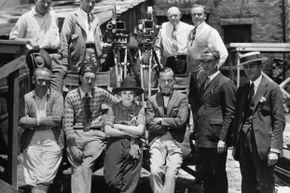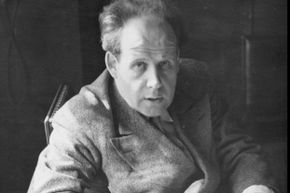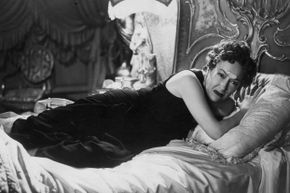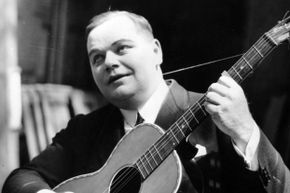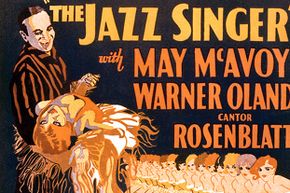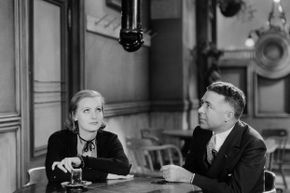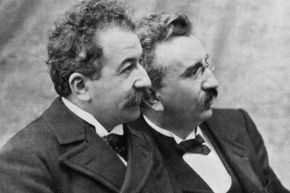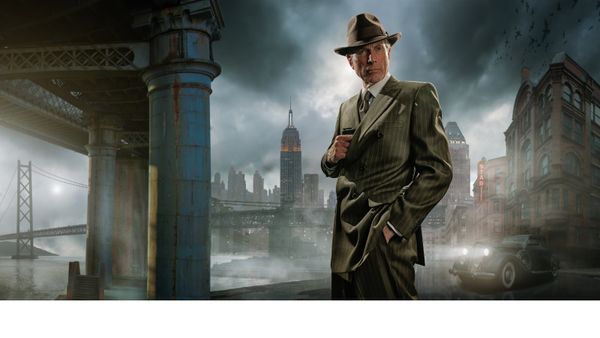"We didn't need dialogue, we had faces!" In the 1950 film "Sunset Boulevard," Norma Desmond, a star of the silent screen played by Gloria Swanson, has faded into obscurity with the medium that made her famous. She lives in a fantasy world, plotting her impossible comeback and hosting card parties populated by other former stars like Buster Keaton and Anna Nilsson.
Desmond and her friends are the casualties of a watershed decade in the history of film. In many ways, "Sunset Boulevard" is an homage to the 1920s, a period that saw the transition from silent film to the "talkies," the development of epic cinema, and the birth of Westerns and other legendary genres.
Advertisement
In Hollywood, this was the era of Douglas Fairbanks, Mary Pickford, Charlie Chaplin and Rudolph Valentino. Cecil B. DeMille ruled the box office, and Greta Garbo ruled the screen. In the Soviet Union, the Russian Formalists exploited a brief window of creative freedom to revolutionize filmmaking techniques, while visual artists around the world from Japan to France were finding new ways to turn the medium into a cultural force.
